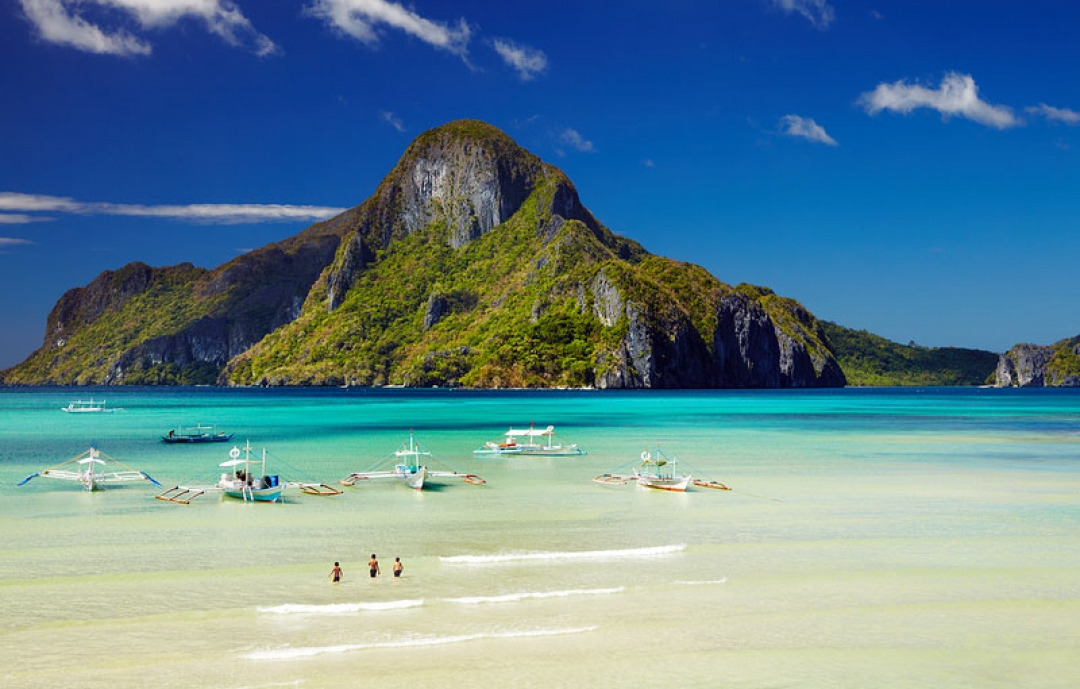
Palawan was said to be a land-bridge that connected Bornea and Mindoro.Before the Spaniards came, the inhabitants of Palawan had already attained a fair degree of civilization. They had their own alphabet, a form of government, and had relations with China and other Asian countries.
There are several versions of the origin of the name. There is the Chinese word "Pa-Lao-Yu" meaning "land of Beautiful Harbors"; the Indian word "Palaws", meaning territory; a plant the natives called Palwar; and the Spanish word "Paragua" because of the main island´s shape resembling a closed umbrella.
In 1818, it was known as the province of Calamianes with its capital in Taytay. In 1859, it was divided into two sub-provinces, Castilla and Asturias. At the turn of the century, Palawan was again divided into three districts: Calamian, Paragua and Balabac. In 1902, the Americans established the province of Paragua, with Cuyo as its capital. In 1905, the name was changed to Palawan and the capital moved to Puerto Princesa.
Agriculture is the main industry in the province. The three major crops grown are rice, corn and coconut. Mineral resources mined include nickel, copper, manganese and chromites. Logging is also a major industry. Palawan has one of the richest fishing grounds in the country. About 45% of Manila´s fish supply comes from the province. Oil drilling and exploration is also done in the province.
Palawan offers a variety of natural, historical, and archaeological attractions.
The St. Paul Subterranean National Park has an underground river within the rugged limestone. At the mouth of the river is a beautiful lagoon with crystal-clear water teeming with fish.
The Tabon Caves are the oldest known habitation site in Southeast Asia. The 29 caves, of which 17 have been excavated, have yielded the oldest-known Filipino skull, a 2000 year old jar, and other artifacts and fossilized human bones.
El Nido, also known as the "Swallow´s Nest", is an unspoiled world of secluded islands nesting in the South China Sea. Its cliffs are made of black marble rising thousands of feet above the jade-green waters.
Calauit National Park is a 4000-hectare island at northwest tip of Busuanga Island. Animals imported from Kenya, such as giraffes, zebras, impalas and gazelles have been brought into the park.
Tubbataha Reef, in the middle of the Sulu Sea, is said to be the most beautiful dive site in this part of the world. Seagulls and sea turtles are in abundance in the reef.

